FRP products for automotive
FRP products are widely used in the automotive industry (including cars, buses, trucks, etc.), and their applications mainly include the following aspects:
Body shell: Glass fiber reinforced plastic is often used in the manufacturing of car body shells, including roof, door, hood, trunk lid, etc. The fiberglass shell can provide good corrosion resistance and structural strength. It can reduce vehicle weight, improve fuel economy and reduce exhaust emissions.
Bumper: A fiberglass material bumper can provide a certain degree of flexibility and impact resistance, at the same time, reduce vehicle weight, help to absorb and disperse energy during collisions and improve vehicle safety property.
Interior parts: FRP is also used in the manufacturing of automotive interior parts, such as instrument dials, center consoles, door trim panels, etc. It can provide a wide range of design options, good surface texture and durability and reduce the weight of internal components.
Seats: FRP is also commonly used in the manufacturing of car seats. The seats made of this material have the advantages of light weight, high strength, and high comfort.
Chassis and suspension system: FRP materials are also used in automotive chassis and suspension systems, such as stabilizer bars, springs, shock absorbers and other components. These components need to have high strength, stiffness and corrosion resistance.
Fender: FRP fenders have the characteristics of wear resistance, corrosion resistance and impact resistance, which can protect the vehicle body from dirt and damage.
Engine components: Some engine components such as cylinder heads, valve guides, etc. also use fiberglass materials because they need to have high temperature resistance, wear resistance and good mechanical properties.
Seals and pipes: FRP materials can also be used to manufacture seals and pipes for automobiles, such as fuel pipes, brake pipes, etc. These components need to have good pressure resistance, corrosion resistance and sealing performance.
✧ Product Drawing
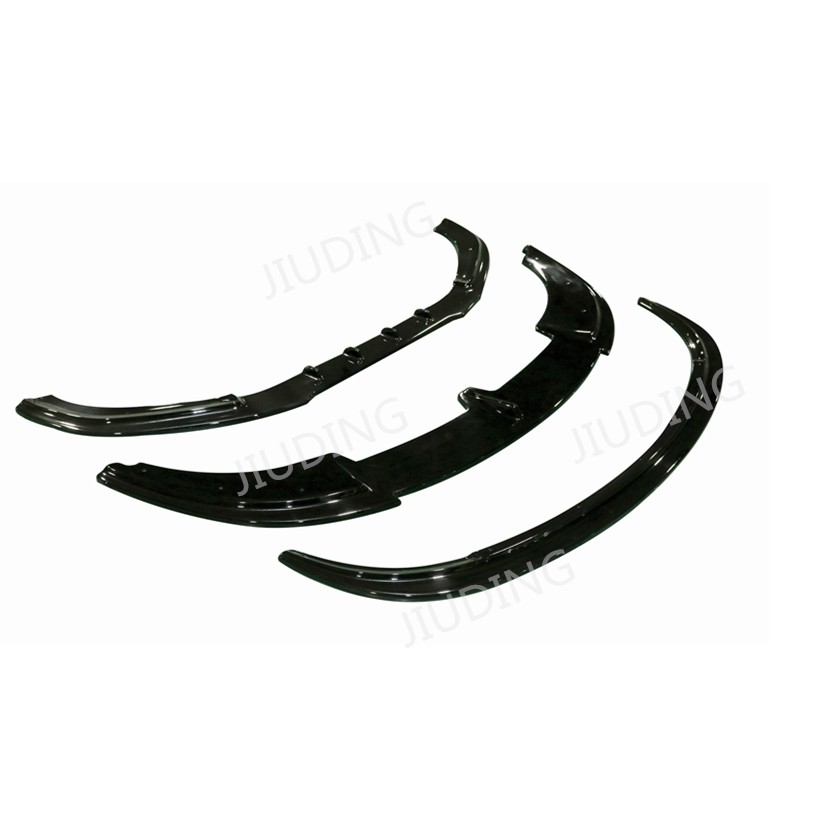
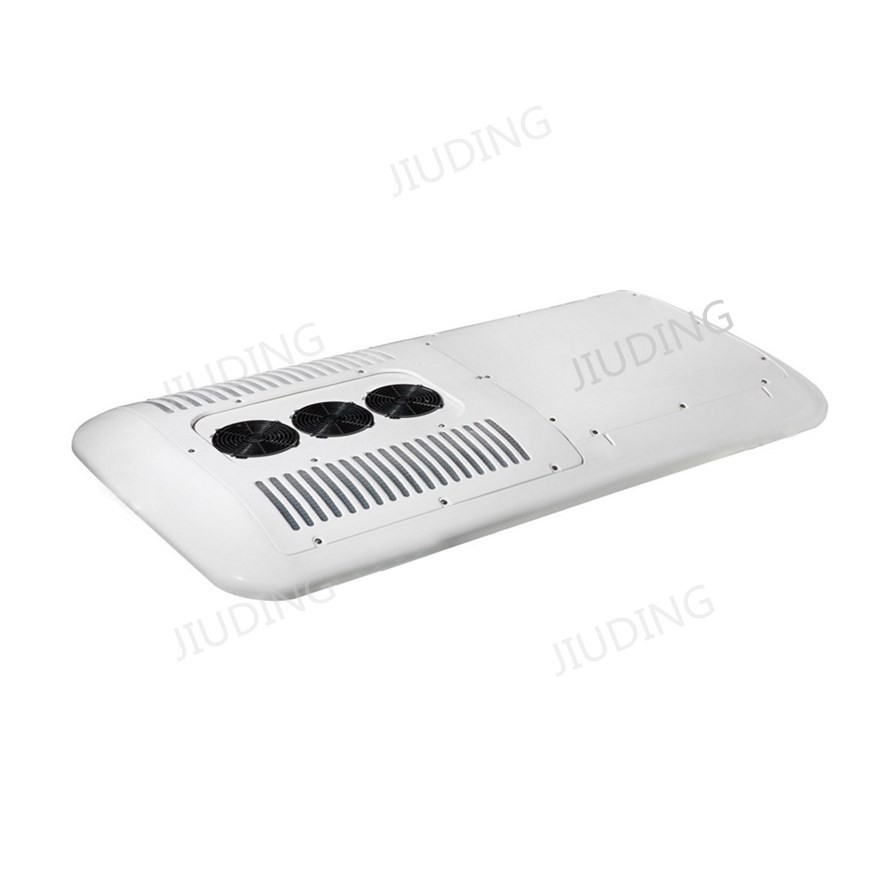
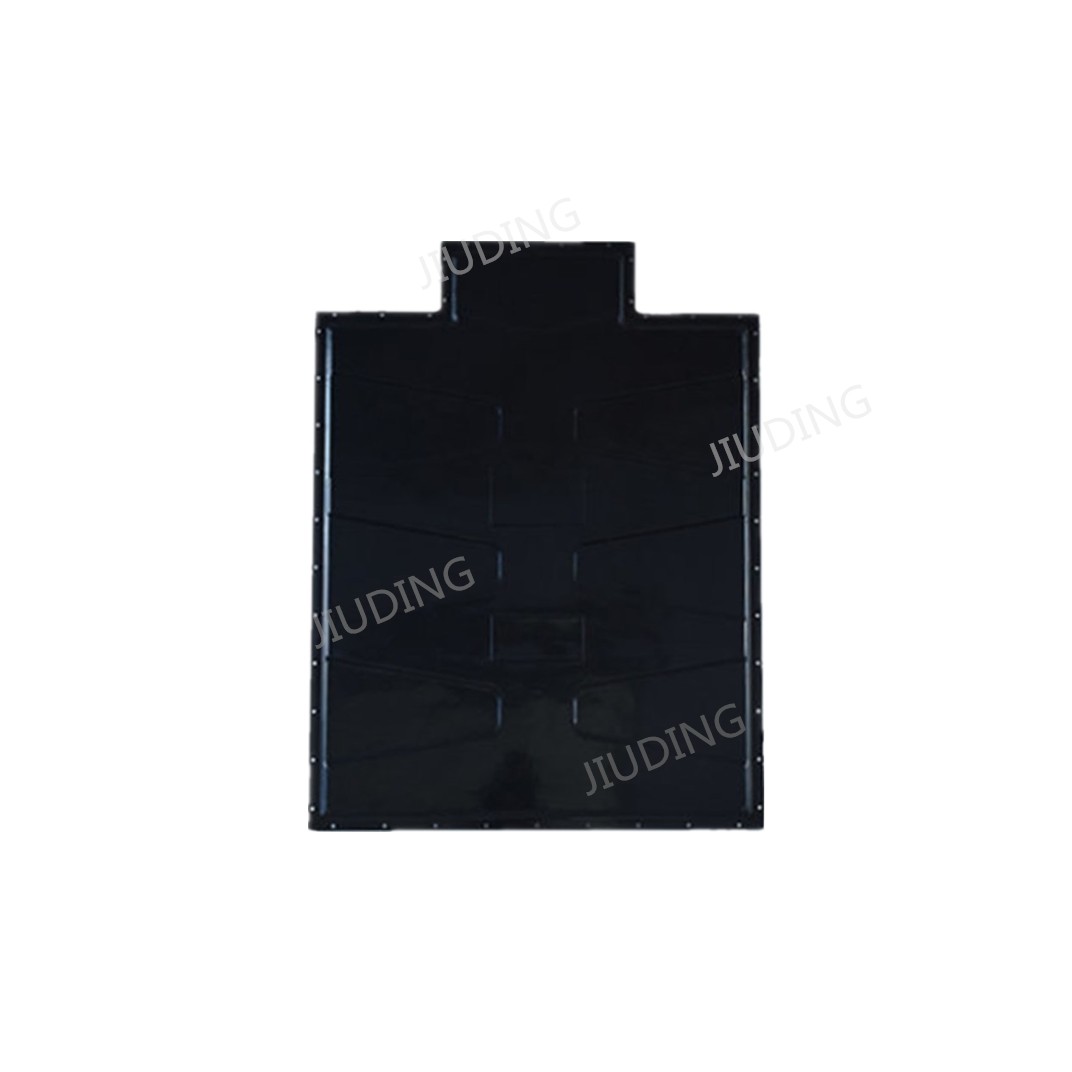
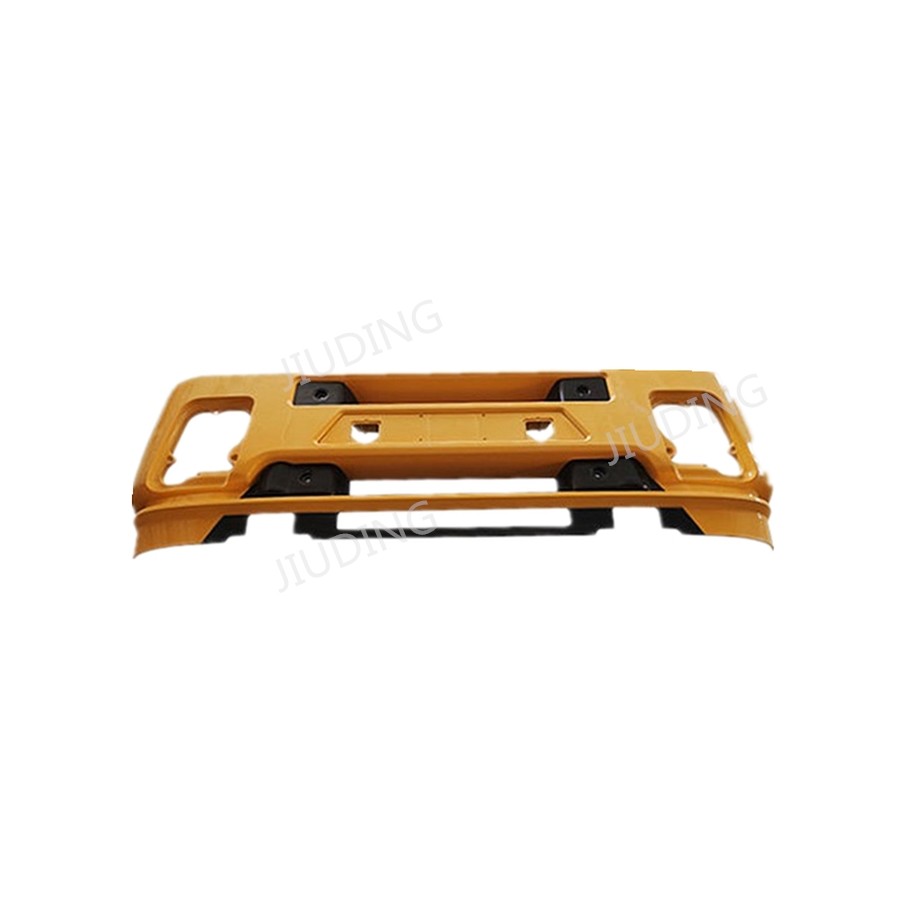
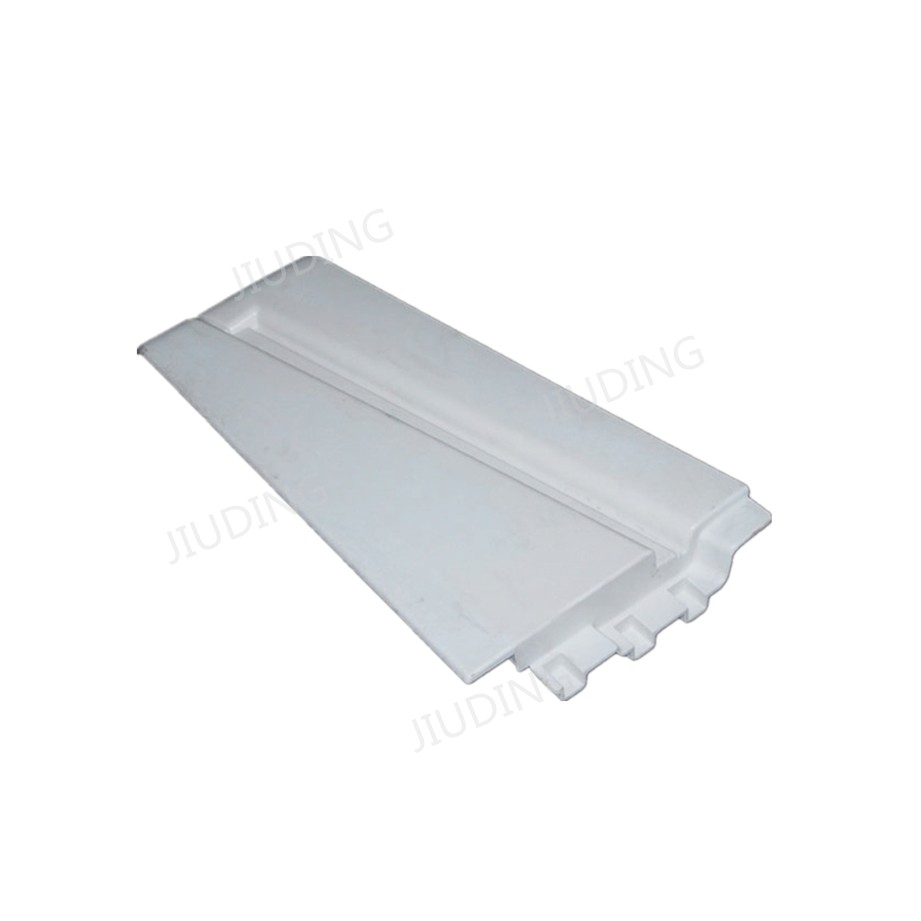
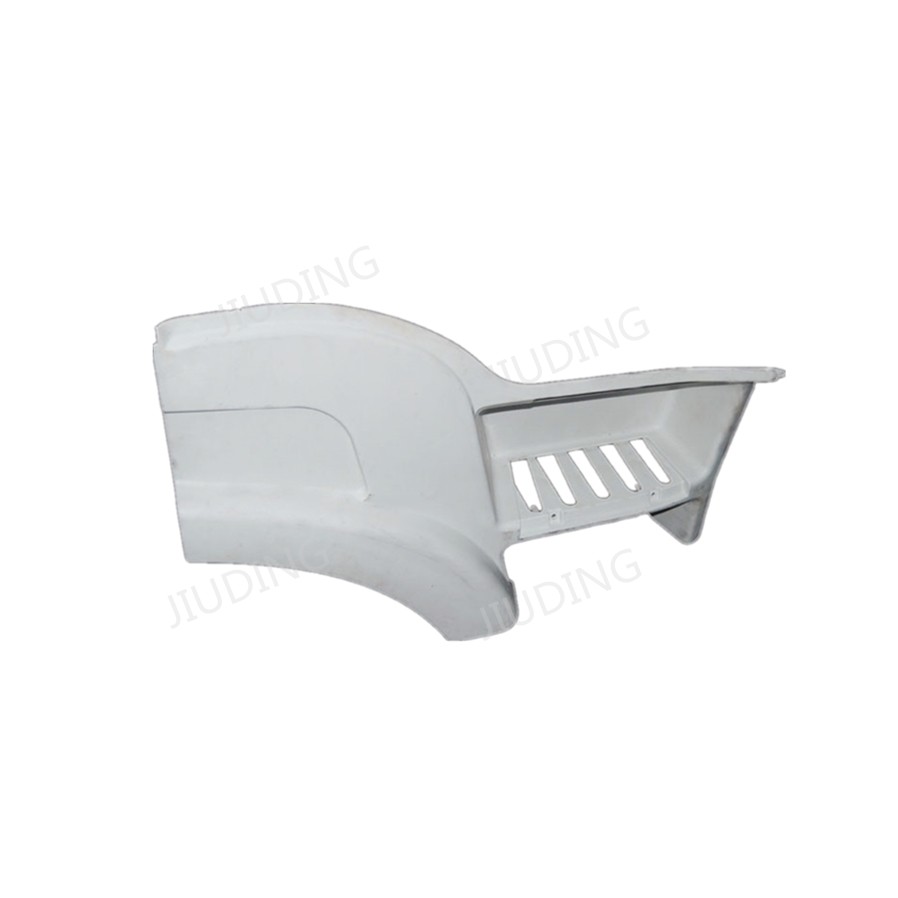
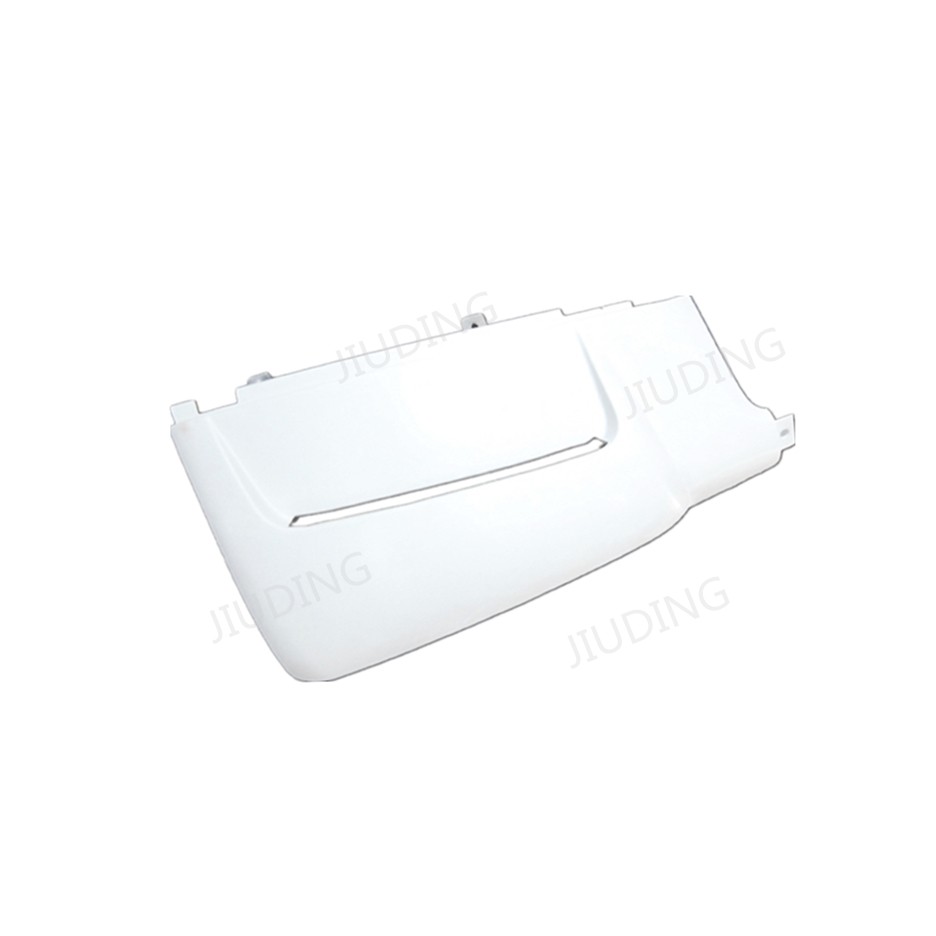
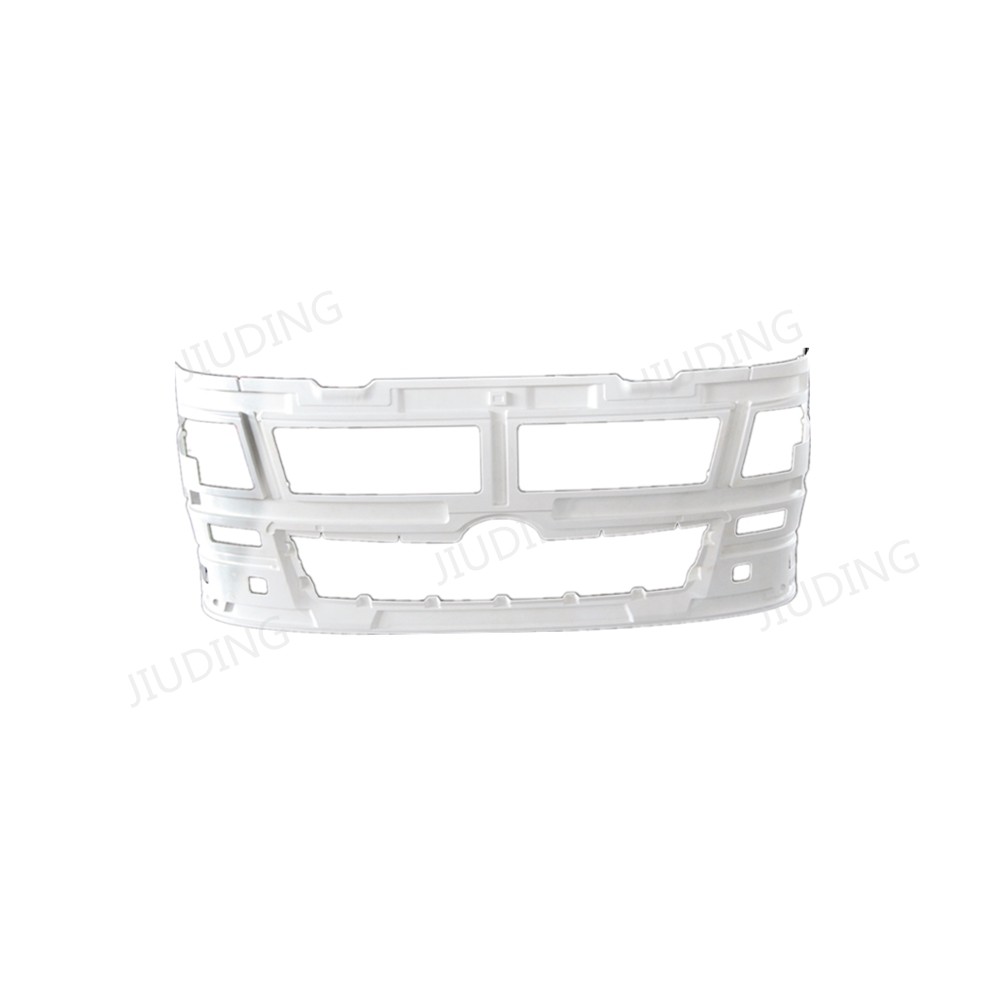
✧ Features
The advantages of fiberglass products in automotive applications mainly focus on lightweight, corrosion resistance, insulation performance, noise reduction performance, ease of processing and manufacturing, cost advantages and recyclability.








